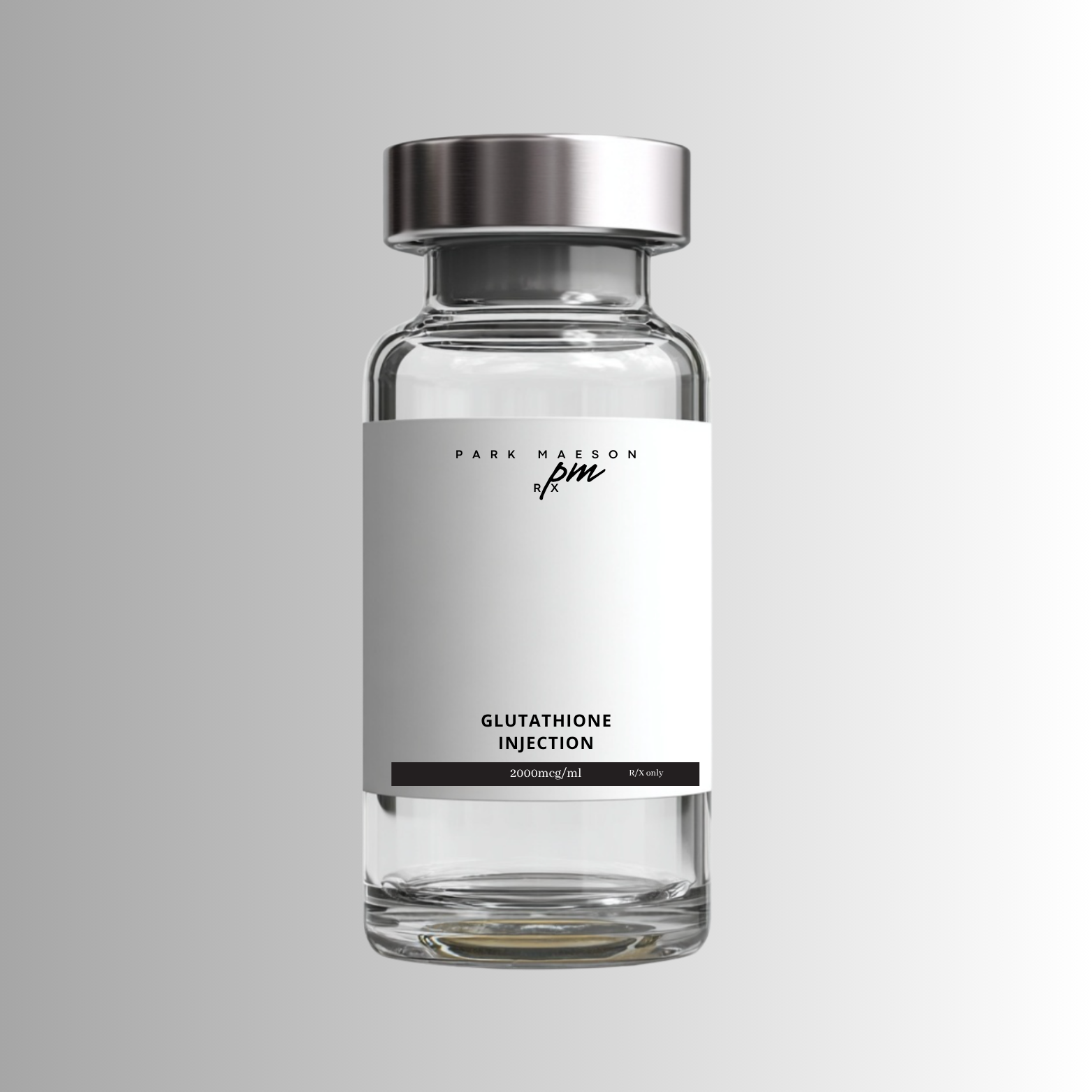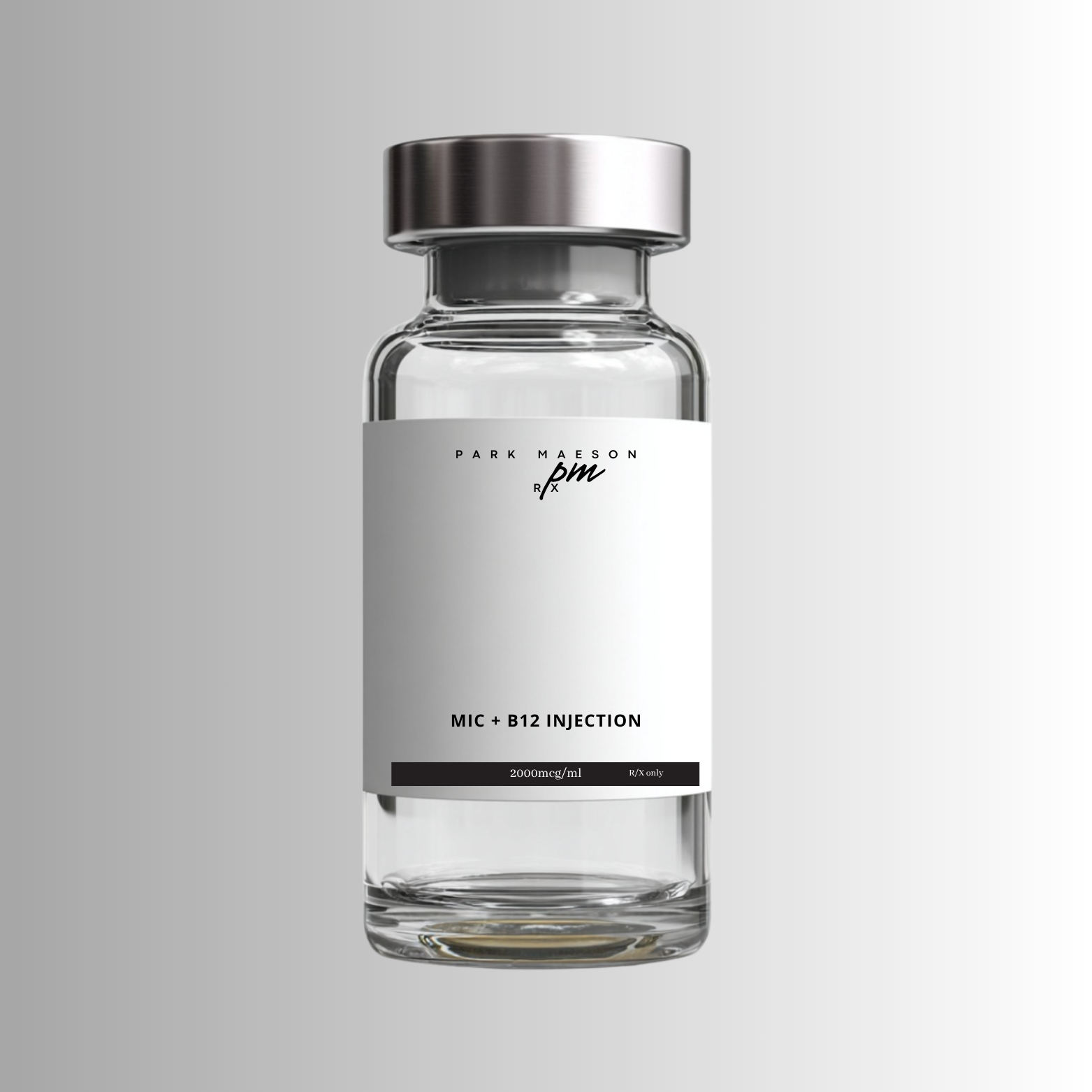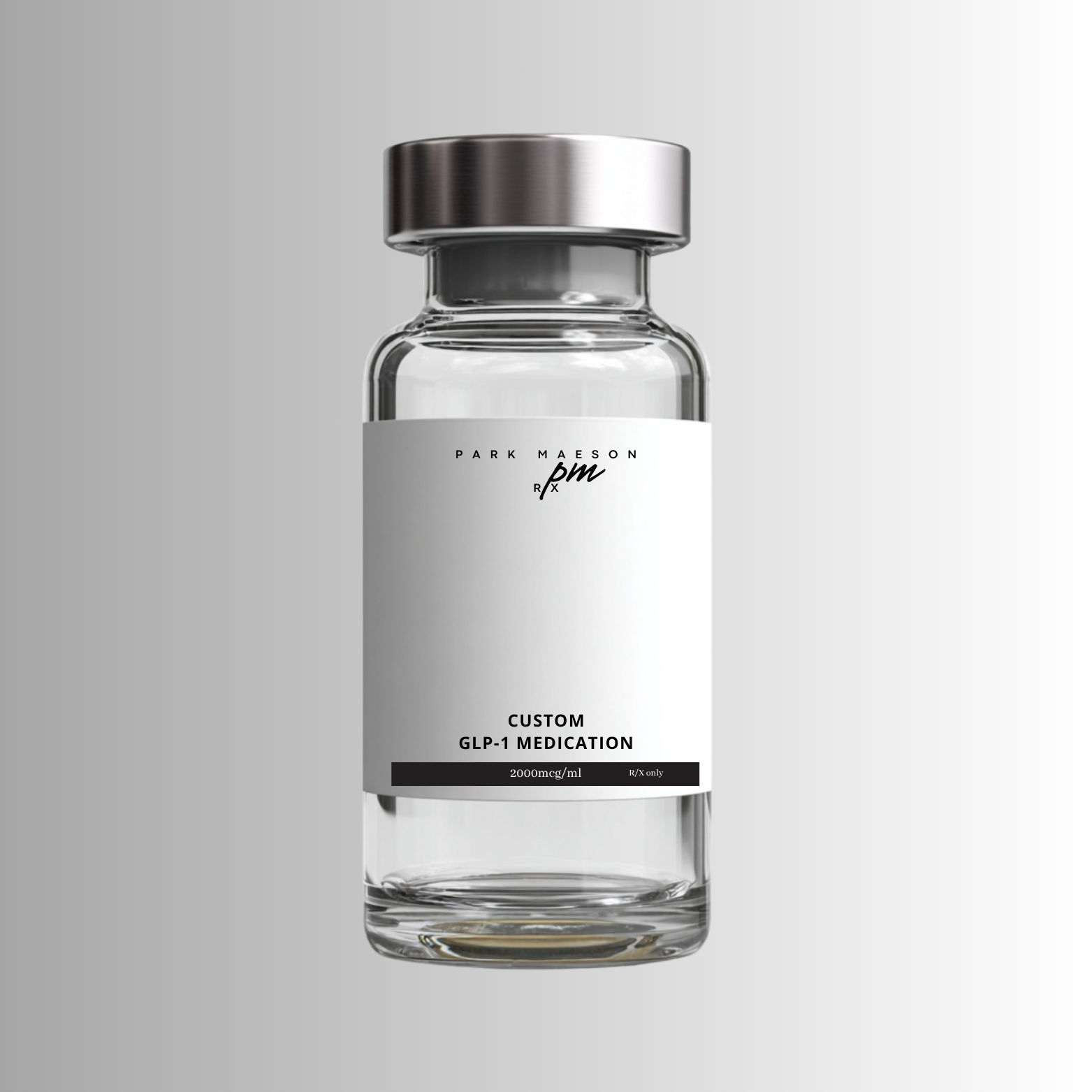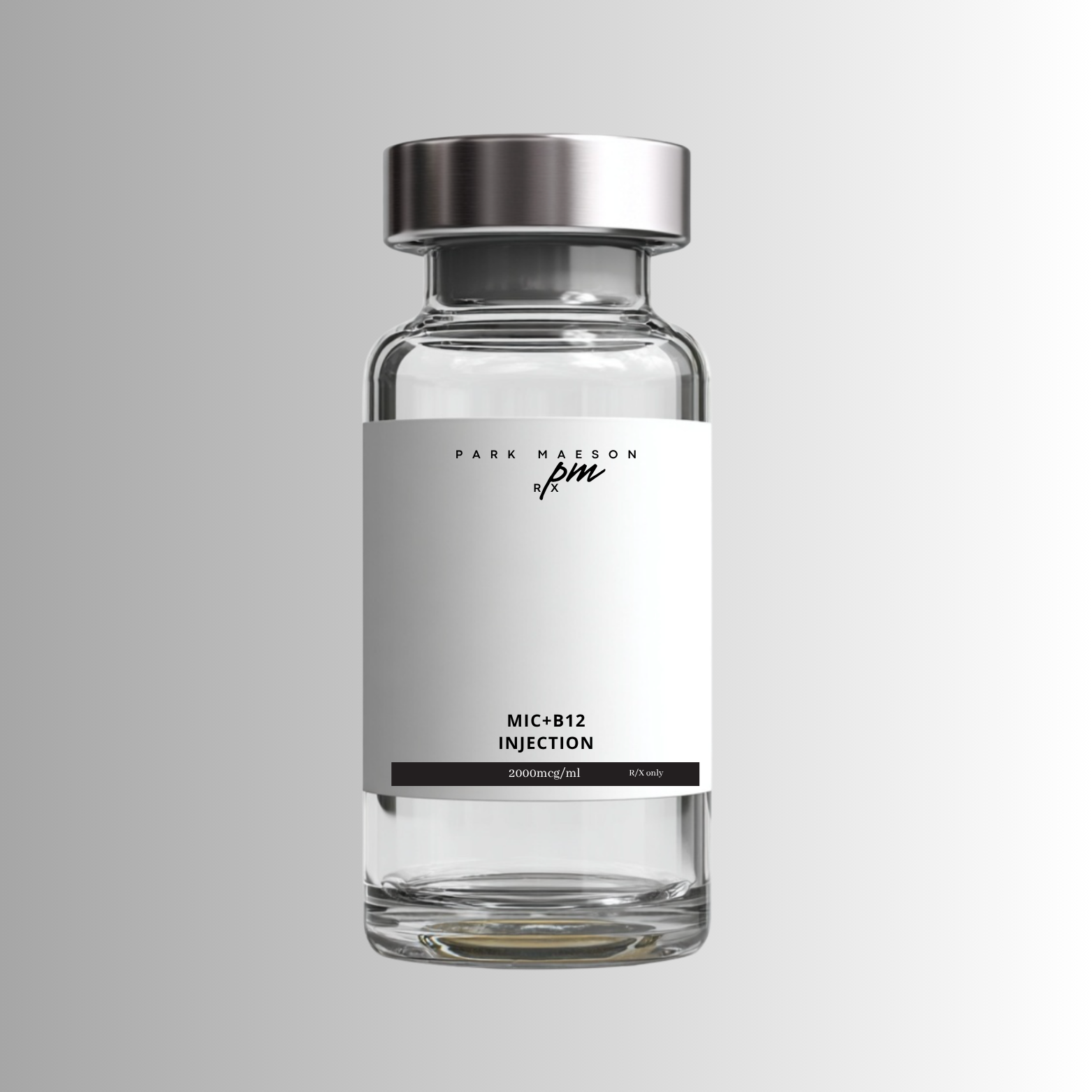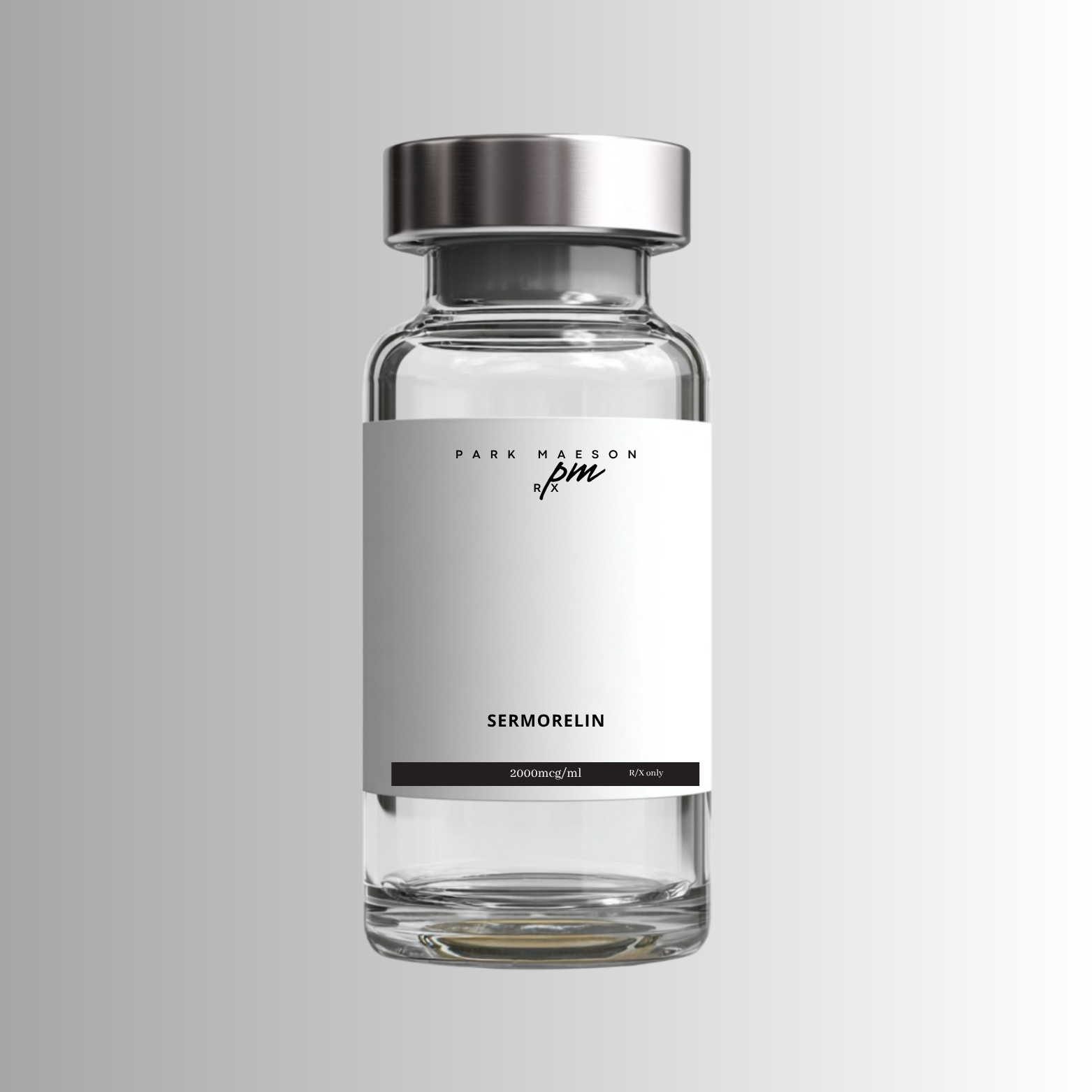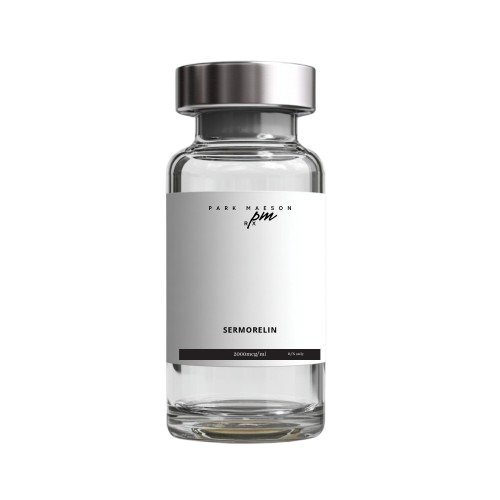
Sermorelin injection
Stimulate your body’s own growth hormone for better energy, recovery, and well-being—without the risks of synthetic HGH.
Compounded in an FDA-registered U.S. pharmacy. Free, temperature-controlled shipping included.
How to take
Inject subcutaneously (under the skin), usually in the abdomen or thigh, at bedtime 5 days per week or as directed.
Potential side effects
Do I need insurance?
Care, simplified
Free quiz

Provider Evaluation
Customized plan
Ongoing care
Recombinant hGH Vs Sermorelin
Recombinant hGH
- Supplies exogenous GH—often at supraphysiologic levels
- ~$750+ per infuNatural feedback bypassed; chronically elevated IGF‑1 more commonsion
- Side effects include edema, arthralgia, insulin resistance, carpal-tunnel (>15%)
- ~$600–$1,200+ for drug alone
Sermorelin Injections
- Stimulates your pituitary to release endogenous GH in physiologic, pulsatile bursts
- Hypothalamic-pituitary axis remains intact, auto-regulating IGF-1
- Side effects include mild flushing or dizziness in < 5 %
- $225
Quality tested
Potency test
- Passed
Sterility test
- Passed
Screened for bacteria, fungi, and other contaminants to meet USP 797 standards
Endotoxicity test
- Passed
pH test
- Passed
All your questions, answered
What is Sermorelin?
Sermorelin is a 29-amino-acid peptide that mimics the body’s own growth-hormone-releasing hormone (GHRH). By stimulating your pituitary gland, it encourages a natural, pulsatile release of growth hormone (GH) rather than replacing GH outright.
Is Sermorelin FDA-approved?
An FDA-approved brand (Geref®) was discontinued years ago, so today Sermorelin is only available as a compounded medication prepared by 503A/503B pharmacies under physician order. That makes it legally prescribable, but it is not an FDA-approved drug product and cannot be marketed as such. (RxList, Foley & Lardner LLP)
How can Sermorelin therapy benefit me?
In adults with sub-optimal GH output it may improve energy, sleep quality, lean-body mass, fat metabolism, recovery from exercise, and overall well-being. Individual responses vary and benefits build gradually over 2–3 months of consistent use.
Who is a good candidate?
Men and women 25 + who have symptoms of low GH (fatigue, poor recovery, stubborn weight gain) and sub-optimal IGF-1 levels on lab testing. It is not appropriate for patients with active cancer, uncontrolled diabetes, severe sleep apnea, or complete GH deficiency requiring recombinant HGH.
How is it taken?
A tiny sub-cutaneous (under-the-skin) injection. Night dosing lines up with your body’s natural GH peak and minimizes injection‐site irritation.
Does it need to be refrigerated?
Yes. Keep vials between 36–46 °F (2–8 °C).
What side effects should I watch for?
The most common is mild redness or swelling at the injection site. Less often patients report headache, flushing, or dizziness. Serious reactions (hives, difficulty breathing) are rare but require immediate medical attention.
How is Sermorelin different from recombinant HGH?
Sermorelin stimulates your pituitary to release GH, so the body still controls how much GH is produced, reducing the risk of overdosing and pituitary shutdown. Recombinant HGH supplies supra-physiologic GH directly and carries a higher risk of edema, insulin resistance, and carpal-tunnel-like symptoms.
Can I use my insurance or HSA/FSA?
Most insurers don’t cover compounded peptides, but many patients use HSA or FSA funds. We’ll provide a detailed invoice you can submit for possible out-of-network reimbursement.
What if I miss a dose?
Skip it and resume your regular schedule the next night. Do not double up; Sermorelin works cumulatively over time, so one missed dose won’t derail your progress.
How long should I stay on therapy?
We generally recommend an initial 6-month course with quarterly check-ins. Some patients transition to a maintenance schedule (e.g., 5 nights on / 2 nights off) once their goals are met, while others pause therapy and monitor IGF-1 levels.


